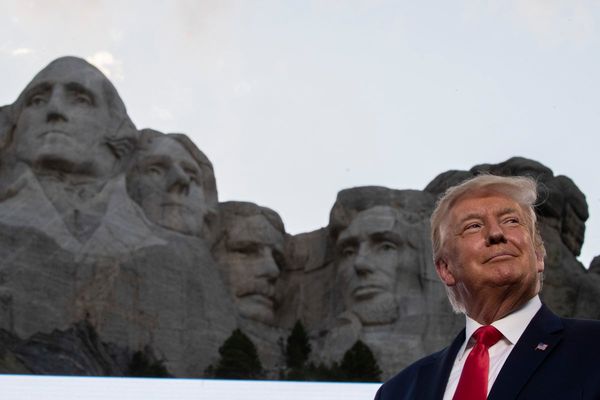Telangana is perhaps the first State in India to experiment with ‘Twitter governance’, a model of governance which uses the social media site for outreach. Under this set-up, citizens facing health, social or civic issues post their concerns on the microblogging site and tag officials. Their problems are quickly resolved and news of this is often amplified by sections of the mainstream media.
At the heart of this set-up is the State Industry and Commerce Minister, K.T. Rama Rao, who is known by his handles @KTR, @KTRoffice and @KTRTRS. Mr. Rao has a reputation for quickly responding to concerns. He tags the officials concerned to ensure that necessary action is taken. Besides responding to citizens, Mr. Rao even reached out to the CEO of Tesla, Elon Musk, asking him to set up a Tesla unit in the State. “Our state is a champion in sustainability initiatives & a top notch business destination in India,” he tweeted on January 14. Earlier, he successfully got Kitex Garments to set up a unit in Warangal by using Twitter to communicate with the company officials.
The @KTRoffice handle, which is operated by the Minister’s social media team, addresses healthcare and social issues. At the height of the migrant and food crisis during the first two waves of the COVID-19 pandemic, the Minister’s team was very efficient.
Most requests posted with the hashtag #AskKTR are about expensive medical procedures for infants and children. There is now higher investment in medical care by the State government. The State has allocated ₹11,237 crore for the health sector in the 2022-23 Budget, which is nearly double the amount allocated in the 2021-22 Budget. The allocation amounts to 4.3% of the Budget. Only four States (Kerala, Rajasthan, Odisha and Chhattisgarh) spend more than 5% on health. A large share of Telangana’s allocation is for the establishment of new medical facilities. There is also a plan to establish medical colleges in all the districts of the State. While this improved focus on health may be largely due to the pandemic, some of it could also be due to greater awareness of health concerns stemming from the online requests.
However, this is far from being a perfect system. The Twitter governance model has no checks and balances. There is no oversight or responsibility. Officials can ignore issues that they cannot act on or do not wish to act on. For instance, the Right to Information (RTI) Act, which is fully offline in the State, is barely functional due to stamp shortage as well as reluctance on the part of officials to share data. In 2020, activists found that there were as many as 10,000 unanswered RTI queries. Official data, including tenders and government orders, are kept out of the public domain. Data on vehicles violating rules used to be available; now they are behind a digital wall. Citizens do not have physical access to the temporary Secretariat unless they are granted official permission.
While the government does ensure immediate action and transparency by using the Twitter model of governance, it could be criticised for using an ad-hoc approach for solving problems. Further, only tech-savvy people and those with social media access can benefit from this model. Telangana has a literacy rate of 72.8%. Twice the number of men use the Internet compared to women. The urban-rural divide is also sharp, with 60% of the people living in villages which have limited broadband access. While Twitter governance is a starting point for delivering good administration, it must be accompanied by regular governance mechanisms which have built-in regulations.
serish.n@thehindu.co.in







